When Napoleon III proclaimed himself Emperor of France in 1852, he unwittingly kickstarted quality wine production in Chile and Argentina. A mass exodus of republicans ensued, one of whom happened to be a skilled agronomist from Tours named Michel Aimé Pouget. Pouget carried with him a cache of French grape cuttings that were to change the course of wine history and formed the basis for Argentina’s wine industry today.
Because of the phylloxera plague, French wine production fell by 75 per cent between 1875 and 1889. Today the vines of Europe are still grafted on to phylloxera-resistant American root stock. In Argentina and Chile, which have no phylloxera, old ungrafted European vines are flourishing. Malbec, a grape often maligned in its native land, triumphed 6,000 miles away, where it ripens easily. The Argentines claim their Malbec as the ‘original’. They have certainly made it their own.
Argentina also proffers a rich supply of Italian grapes courtesy of some two million migrants who arrived in the 60 years before the second world war. Barbera, Sangiovese and Nebbiolo have found a fruitful home here. Tannat from south-west France and Cabernet Franc have also flourished. This is a country in which anything will grow and because of the low rainfall, much of the farming is organic. There is almost no need to use chemicals where the risk of rot is so low.
What I find exceptional about the wines of Argentina is their ability to express varietal character. When you study wine, you learn to taste and identify grape varieties blind. Initially this is very difficult. Argentina really opened the secret to blind tasting for me. Argentine wines reveal exactly what the essence of each grape variety should be. The first time I tried Philippe Caraguel’s Cabernet Franc, I suddenly understood what it brought to the blends of Bordeaux: I could clearly taste its structural components and its aromatic refinement. Likewise, Nebbiolo and Pinot Noir. The penny finally dropped.
If I were to tag two grapes as typical of Argentina it would have to be Malbec and Torrontés. Torrontés is a cross of Muscat of Alexandra and Criolla Chica, the grape known as Mission in California. It’s as distinctive as Gewürztraminer but not quite as voluptuous. This wonderfully aromatic, sensual grape is now being made in a leaner style as a dry white.
Today many producers are cultivating a fresh, unoaked, more sinewy style. When I accompanied my then boss on a buying trip, this was the style we sought. In all of the wineries we visited, we didn’t encounter a single duff wine. But the following stood out, and I have purposely opted for grape varieties that best display what this country is capable of, as well as its deep European heritage.
Susana Balbo is known as the Queen of Torrontés. A hugely successful businesswoman in a famously macho country, her winemaking is also legendary. I would recommend the zesty 2019 Susana Balbo Wines Crios Torrontés (£14.75) as the ideal introduction to this distinctive grape.
Barbera is a grape that shows off Argentina’s Italian roots. The 2018 Vallisto Extremo Barbera (£19.75) is from magnificent colonial Salta on the border with Peru and is hard to fault. Made by Pancho Lavaque, it is silky, sensuous and gorgeously textured with fine tannin. It’s fascinating to taste this variety unblended.
Finally, of course, a Malbec. The 2015 De Angeles Viña 1924 Single Vineyard Gran Malbec (£48.75) is made by one of the best wine-makers in Mendoza, Juan Manuel Gonzalez, from ungrafted grapes planted by Tuscan immigrants, dating back to at least 1924 when the vineyard was registered. This will bring even the most tempestuous mood to heel, so rich and soothing are its cradling arms.
Got something to add? Join the discussion and comment below.
Get 10 issues for just $10
Subscribe to The Spectator Australia today for the next 10 magazine issues, plus full online access, for just $10.
Bruce Anderson is away.
You might disagree with half of it, but you’ll enjoy reading all of it. Try your first month for free, then just $2 a week for the remainder of your first year.

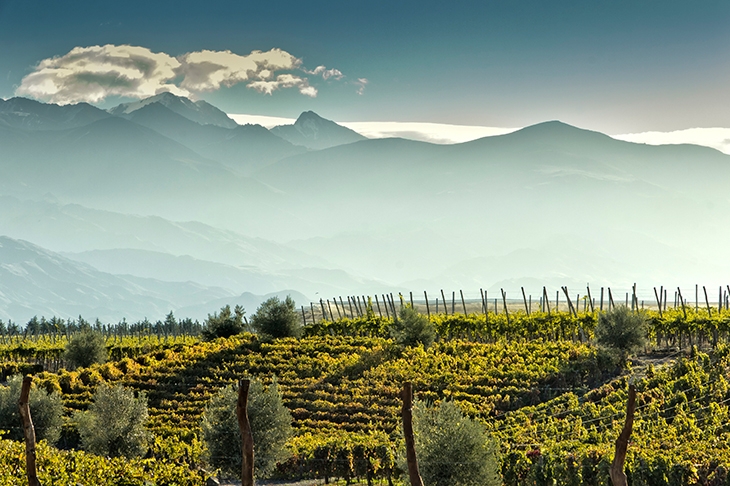
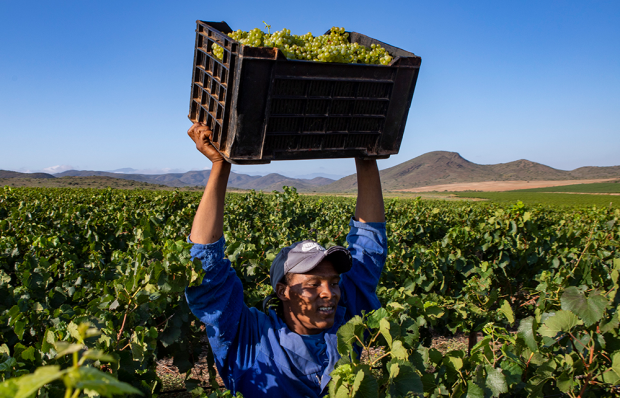

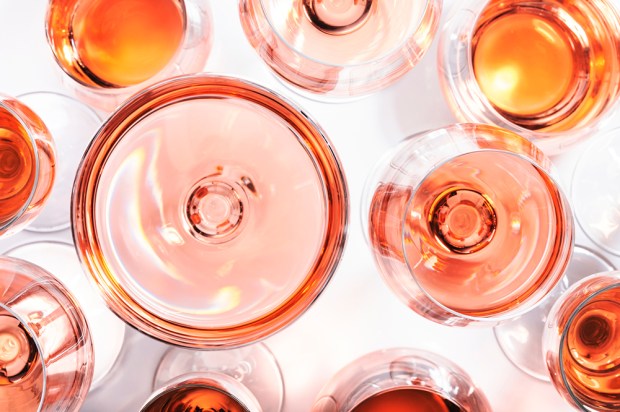
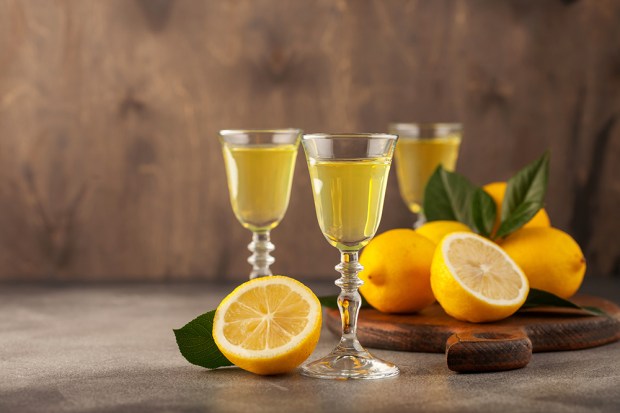

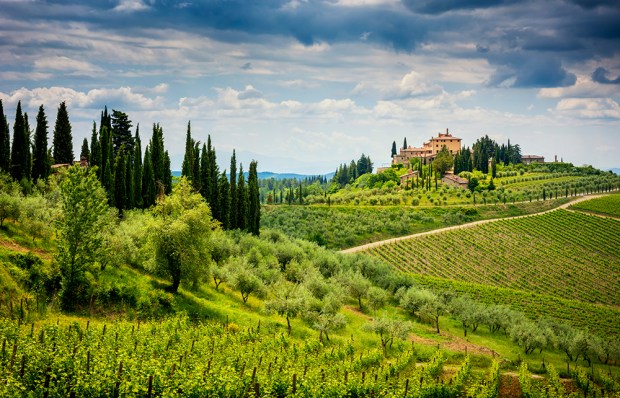






Comments
Don't miss out
Join the conversation with other Spectator Australia readers. Subscribe to leave a comment.
SUBSCRIBEAlready a subscriber? Log in